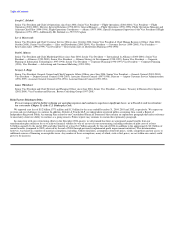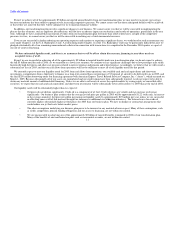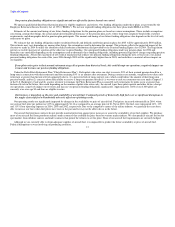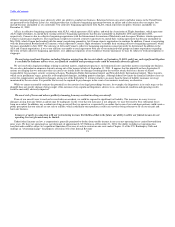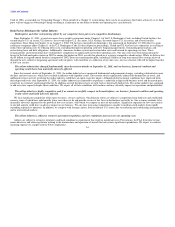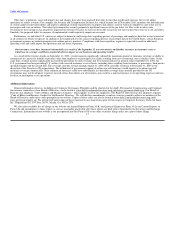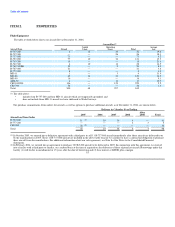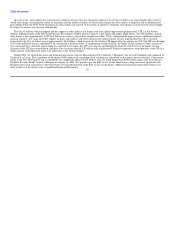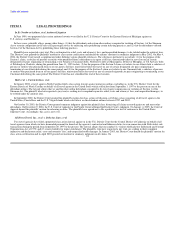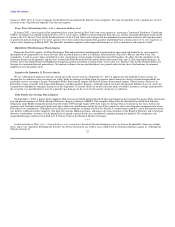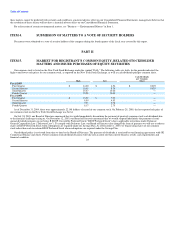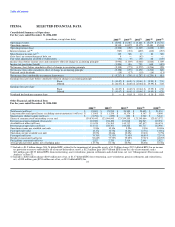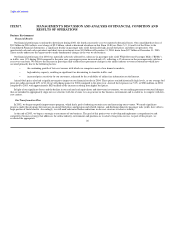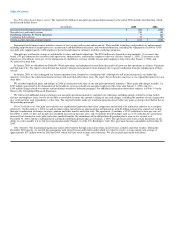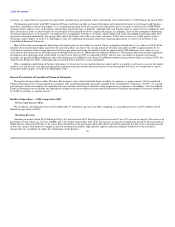Delta Airlines 2004 Annual Report Download - page 24
Download and view the complete annual report
Please find page 24 of the 2004 Delta Airlines annual report below. You can navigate through the pages in the report by either clicking on the pages listed below, or by using the keyword search tool below to find specific information within the annual report.
Table of Contents
In recent years, some airports have increased or sought to increase the rates charged to airlines to levels that we believe are unreasonable. The extent to
which such charges are limited by statute or regulation and the ability of airlines to contest such charges has been subject to litigation and to administrative
proceedings before the DOT. If the limitations on such charges are relaxed, or the ability of airlines to challenge such charges is restricted, the rates charged
by airports to airlines may increase substantially.
The City of Atlanta, with our support and the support of other airlines, has begun a ten year capital improvement program (the "CIP") at the Atlanta
Airport. Implementation of the CIP should increase the number of flights that may operate at the airport and reduce flight delays. The CIP includes, among
other things, a new approximately 9,000 foot full-service runway (targeted for completion in May 2006), related airfield improvements, additional terminal
and gate capacity, new cargo and other support facilities and roadway and other infrastructure improvements. If fully implemented, the CIP is currently
estimated by the City of Atlanta to cost approximately $6.8 billion, which exceeds the $5.4 billion CIP approved by the airlines in 1999. The CIP runs through
2010, with individual projects scheduled to be constructed at different times. A combination of federal grants, passenger facility charge revenues, increased
user rentals and fees, and other airport funds are expected to be used to pay CIP costs directly and through the payment of debt service on bonds. Certain
elements of the CIP have been delayed, and there is no assurance that the CIP will be fully implemented. Failure to implement certain portions of the CIP in a
timely manner could adversely impact our operations at the Atlanta Airport.
During 2001, we entered into lease and financing agreements with the Massachusetts Port Authority ("Massport") for the redevelopment and expansion of
Terminal A at Logan. The completion of this project will enable us to consolidate all of our domestic operations at that airport into one location. Construction
began in the June 2002 quarter and is scheduled to be completed in March 2005. Project costs are being funded with $498 million in proceeds from Special
Facilities Revenue Bonds issued by Massport on August 16, 2001. We agreed to pay the debt service on the bonds under a long-term lease agreement with
Massport and issued a guarantee to the bond trustee covering the payment of the debt service on the bonds. Additional information about these bonds is set
forth in Note 6 of the Notes to the Consolidated Financial Statements. 20


